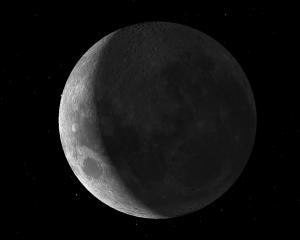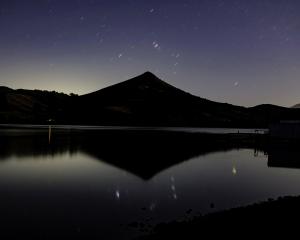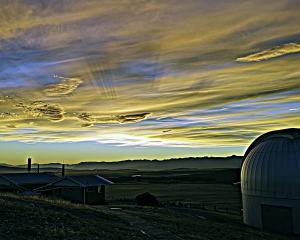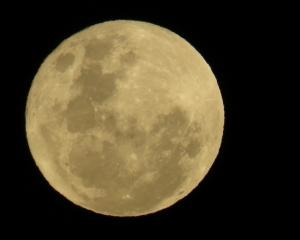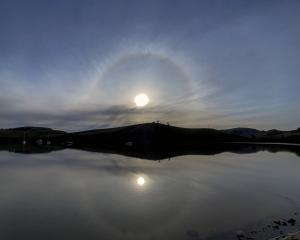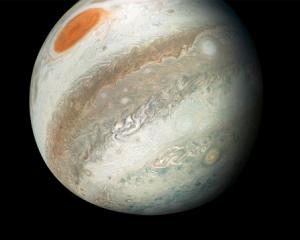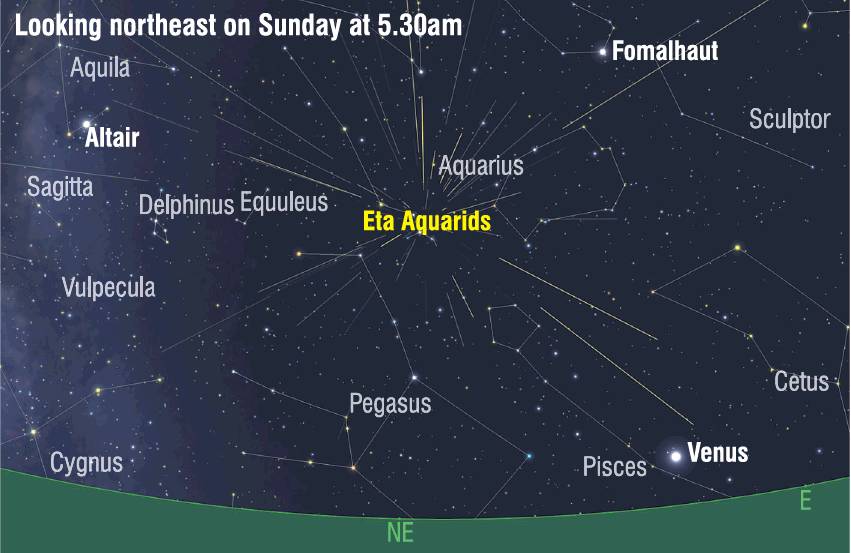
The moon is new next Sunday morning, so the next few nights will be a splendid time to spend enjoying the beauty of our late-autumn night sky, writes Ian Griffin.
As a bonus, we are approaching the peak of one of the year’s best meteor showers. Early-rising stargazers are in for something of a shooting-star bonanza this week, with as many as 50 meteors per hour predicted before dawn on Sunday.
Each year in early May, Earth crosses the path of Halley’s Comet. With an
oval-shaped orbit that brings it close to our planet every 75-76 years, it is, by far, the most famous of all the periodic comets.
The comet is named after British astronomer Edmund Halley, who first realised that the comet was periodic when he viewed it in 1682, and who predicted it would be seen again in 1759.
The comet last visited our vicinity in 1986, and will once again be visible in 2061.
As the comet orbits the sun, it is continuously shedding material which forms a trail of cosmic debris in its orbit, and it is this debris trail that is responsible for the meteor shower we will witness this weekend.
Astronomers call this particular meteor shower the Eta Aquarids. This is because the meteors appear to radiate from the direction of the star Eta, in the constellation Aquarius, which is roughly aligned with the path of Comet Halley at this time of year.
As our chart shows, Eta Aquarii is well up in the northeastern sky by 5am, so if you want to see some meteors, an early start will be required.
To see the meteors, you need nothing more than your own eyes; find a spot well away from artificial light with a good sky view.
While the radiant point for the meteor shower is in the northeastern sky, the meteors will be visible across the whole sky. Watch out for fast-moving bright flashes of light as the comet debris burns up high above you in the earth’s atmosphere.
Happy meteor-hunting.





